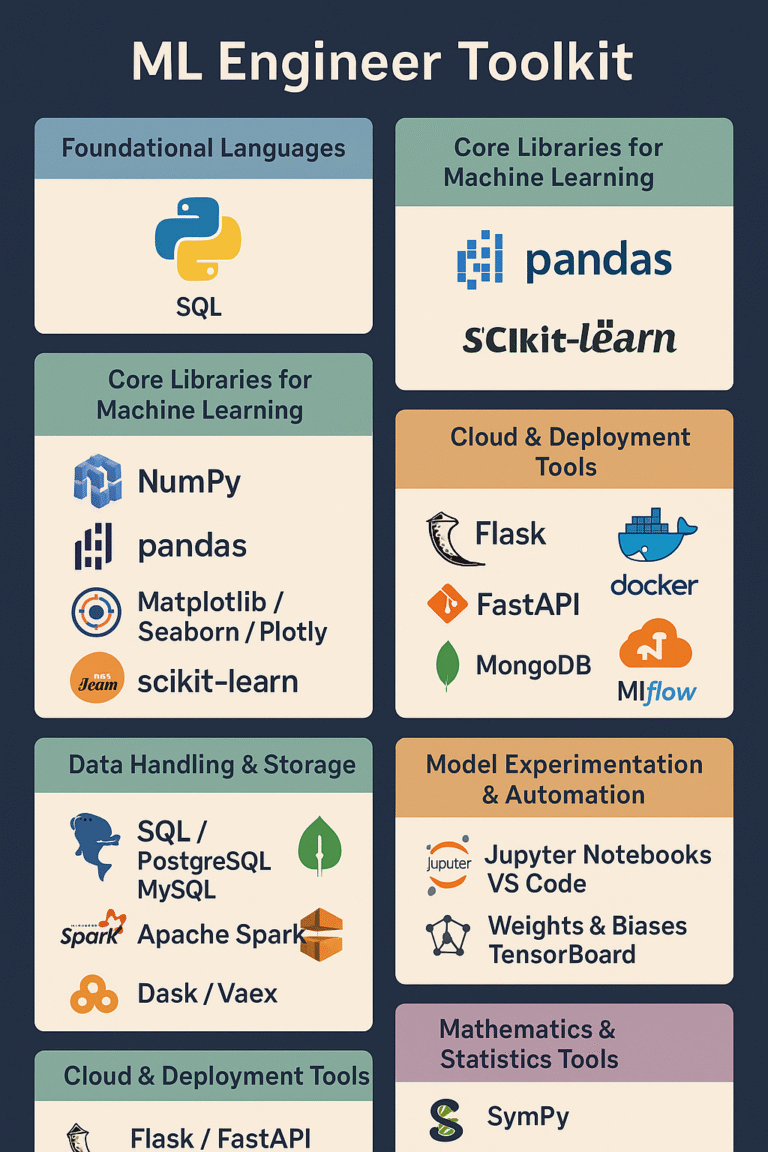Hyperparameters
Hyperparameters are settings or configurations that you choose before training a machine learning or deep learning model. These parameters control how the learning process occurs and influence the model’s performance and behavior.
Types of Parameters
- Hyperparameters:
- Set before training (manually or through automated tuning).
- Cannot be learned from the data.
- Examples:
- Learning rate
- Number of layers in a neural network
- Number of neurons in each layer
- Batch size
- Number of epochs
- Regularization terms (e.g., dropout rate, L2 penalty)
- Model Parameters:
- Learned during training.
- These are the weights and biases of the model that are updated using training data.
Why Are Hyperparameters Important?
Hyperparameters control key aspects of the model, such as:
- Training Speed: A higher learning rate may speed up training but can lead to overshooting the optimal solution.
- Model Complexity: More layers or neurons in a neural network may increase the ability to capture complex patterns but also risk overfitting.
- Generalization: Proper regularization (e.g., dropout) can prevent the model from overfitting to the training data, improving performance on unseen data.
Examples of Hyperparameters
- Learning Rate (α\alpha):
- Controls how much the model updates weights in each training step.
- Too high: May overshoot the optimal solution.
- Too low: May result in slow convergence.
- Batch Size:
- Number of training samples processed before updating model weights.
- Smaller batch size: Noisier updates but can generalize better.
- Larger batch size: Smoother updates but requires more memory.
- Number of Epochs:
- Number of complete passes through the entire dataset during training.
- Too few epochs: Underfitting.
- Too many epochs: Overfitting.
- Number of Hidden Layers/Neurons:
- Determines the model’s capacity to learn patterns.
- More layers or neurons can capture complex patterns but may also require more data and computation.
- Regularization Parameters:
- Control overfitting by penalizing large weights or adding dropout to layers.
- Examples: L1, L2, and dropout rate.
- Optimizer Choice:
- Algorithms used to adjust weights during training.
- Examples: SGD, Adam, RMSprop.
Tuning Hyperparameters
Hyperparameter tuning is the process of finding the optimal combination of hyperparameters for the best model performance.
Common Techniques:
- Grid Search:
- Test all possible combinations of hyperparameter values.
- Computationally expensive but thorough.
- Random Search:
- Randomly samples hyperparameter combinations.
- More efficient than grid search.
- Bayesian Optimization:
- Uses probabilistic models to find better hyperparameter combinations faster.
- Hyperparameter Libraries:
- Tools like Optuna, Hyperopt, or Ray Tune automate tuning.
In Simple Terms:
Hyperparameters are like recipe settings for a model:
- If you’re baking a cake, hyperparameters include oven temperature, baking time, and ingredient quantities.
- You tweak these settings to get the perfect cake (i.e., the best-performing model).




